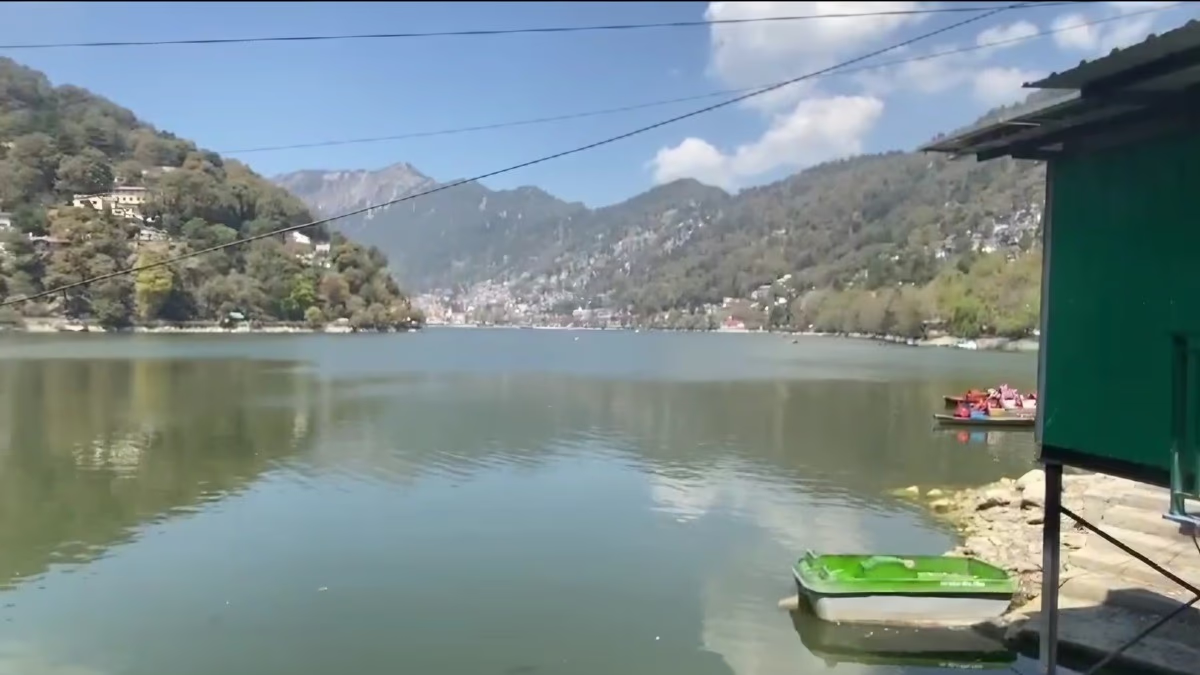The iconic lake of Nainital at the heart of Uttarakhand is experiencing a dramatic drop in water levels. Deltas are now notably forming around its edges, casting a shadow on its fondly cherished beauty. Since October, rainfall and snowfall have been a stark 90% below the norm, triggering alarming drought-like conditions across Nainital and nearby regions.
The scanty rainfalls have taken a significant toll on Nainital, driving the lake's water level to its lowest point in five years. If the trend persists, local residents may face severe drinking water shortages shortly. The situation could escalate during the bustling tourist months of May and June when water demand typically peaks. According to irrigation department officials overseeing Lake Naini, March has witnessed the lowest water level in four years.
Read more about halting deforestation of 3,000 trees in Nainital's elephant corridor
Lake Nainital's March Water Levels Over the Past Six Years
2020: 6 feet 10 inches
2021: 5 feet 4 inches
2022: 7 feet 9 inches
2023: 4 feet 8 inches
2024: 4 feet 9 inches
2025: 4 feet 7 inches
Various factors contribute to the declining water levels and emergent deltas in Lake Nainital. Chief among them is excessive construction on the lake's wetland. Climate change-induced reductions in rainfall and snowfall also significantly contribute to the drying lake. Additionally, rising population and tourism intensify the pressure on water resources. Deforestation and land encroachments in the surrounding regions further exacerbate the scarcity of water in the lake.
Ways to Improve the Lake's Condition
To rejuvenate the lake, emphasis must be placed on water conservation, rainwater harvesting, and reforestation around its vicinity. Strengthening lake management and curbing water resource misuse through a comprehensive plan is equally crucial.
Experience the tranquil beauty of Nainital as it battles against a severe water crisis, reminding us of nature's delicate balance.




